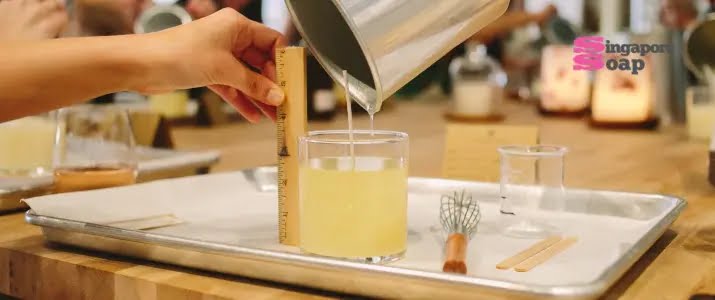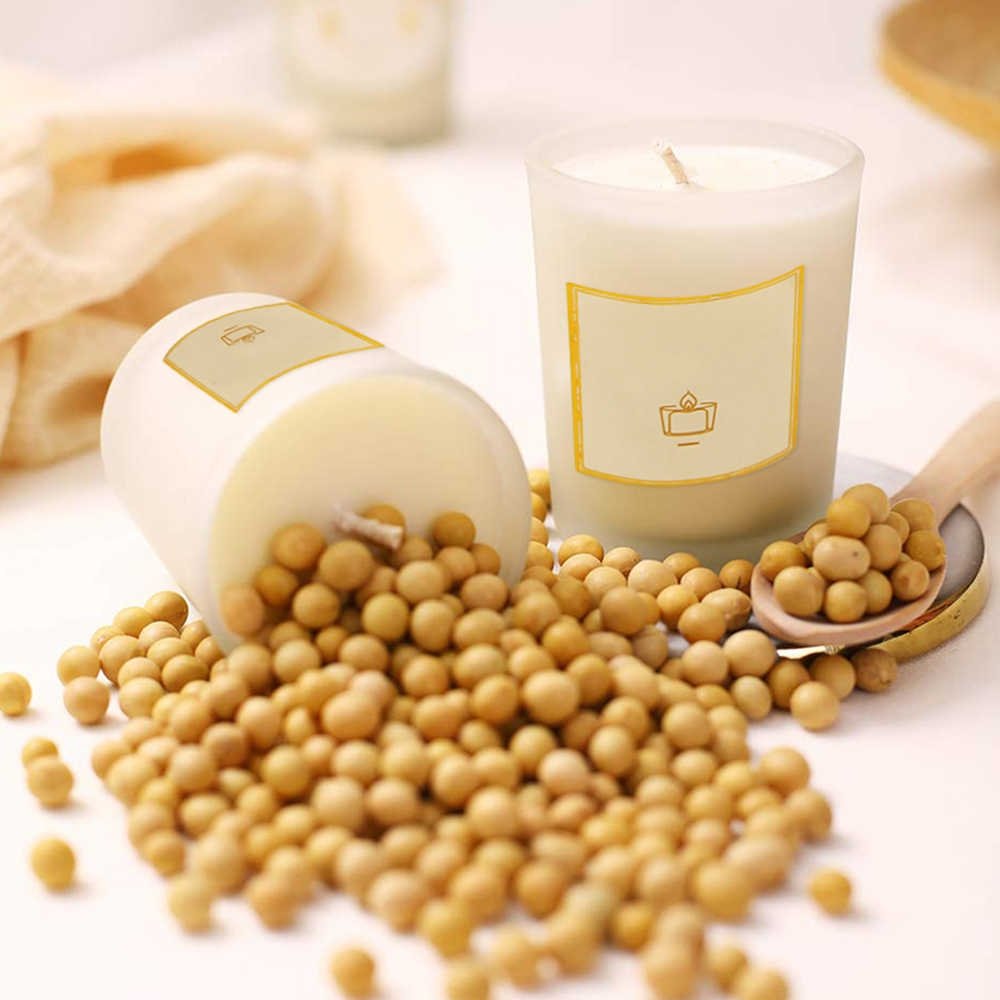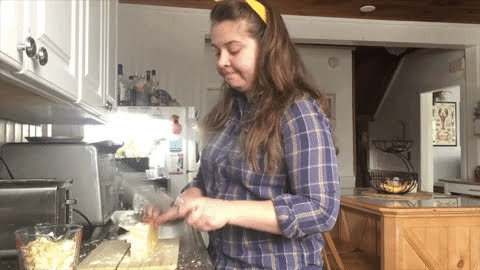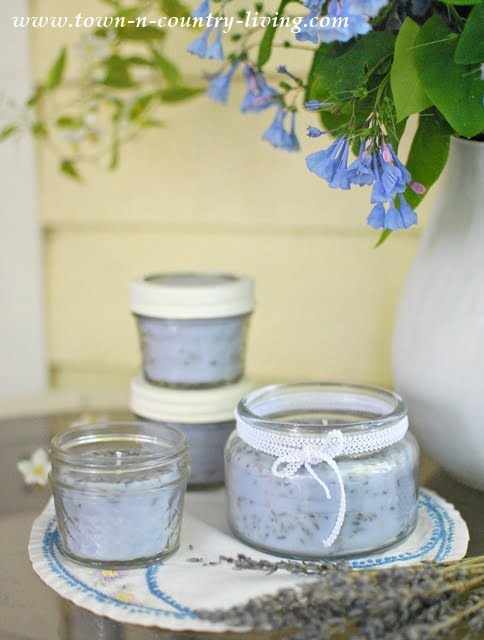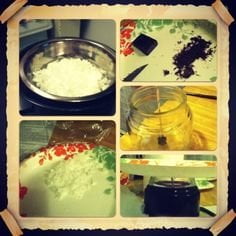Craft candle making has a rich and fascinating history that spans across ancient civilizations to modern techniques. The art of creating candles has evolved over time, and today, it continues to be a beloved craft for many enthusiasts. In this comprehensive guide, we will delve into the origins of candle making and explore its evolution as a craft, from traditional methods to innovative techniques.
Candle making has been practiced for centuries, with evidence of its existence dating back to ancient Egypt and Rome. Throughout history, candles have served multiple purposes, from providing light in the darkness to being used in religious ceremonies and celebrations. As we take a closer look at the history of candle making, we will gain insights into the cultural significance and technological advancements that have shaped this craft into what it is today.
From basic supplies such as different types of wax, fragrance oils, wicks, and containers to intricate techniques for creating unique scented candles, we will provide a detailed walkthrough of the entire candle making process. Additionally, we will explore tips for selecting the right scents and combining fragrance oils to create beautiful and captivating aromas.
Through this exploration into the history and evolution of candle making as a craft, readers will gain a deeper understanding of this timeless art form and be inspired to embark on their own creative candle making projects.
Essential Materials and Tools
When it comes to craft candle making, having the essential materials and tools is crucial to creating beautiful and quality candles. Here is a comprehensive guide to the basic supplies needed for candle making:
- Wax Types: One of the most important components of candle making is the wax. There are several types of wax to choose from, including paraffin, soy, beeswax, and more. Each type of wax has its own unique qualities and characteristics that can affect the appearance and burning qualities of the candle.
- Fragrance Oils: To add a delightful scent to your candles, fragrance oils are essential. These oils come in a wide variety of scents, from floral and fruity to warm and cozy. It’s important to choose high-quality fragrance oils that are specifically designed for candle making to ensure a strong and long-lasting scent throw.
- Wicks: The wick is what sustains the flame in a candle, so choosing the right wick is crucial. Wicks come in different sizes and materials, such as cotton or wood, and selecting the appropriate wick for your specific wax type and container size is important for a successful burn.
- Containers: Choosing the right containers for your candles not only adds to their aesthetic appeal but also affects how they burn. Glass jars, tins, or ceramic vessels are common choices for candle containers, each offering their own benefits in terms of heat resistance and visual appeal.
Having these essential materials on hand will set you up for success when embarking on your craft candle making journey. Whether you’re a beginner or an experienced crafter, understanding the importance of these supplies will help you create beautiful candles with ease.
Step-by-Step Candle Making Process
Gathering Materials and Setting Up
Before you begin the candle making process, it’s important to gather all the necessary materials and set up your work area. This includes wax, fragrance oils, wicks, containers, a double boiler or melting pitcher, a thermometer, and a stirring utensil. Make sure to choose a well-ventilated area and protect surfaces with newspaper or wax paper to catch any spills.
Melting the Wax
The first step in the candle making process is melting the wax. Whether you’re using paraffin wax, soy wax, or beeswax, it’s important to heat it slowly and evenly to avoid scorching.
Using a double boiler or melting pitcher set over a pot of simmering water is an effective way to melt the wax without direct heat. Keep a close eye on the temperature using a thermometer to ensure it reaches the correct melting point for your specific type of wax.
Pouring and Cooling
Once the wax has melted to the desired temperature, it’s time to add any fragrance oils and carefully pour the hot liquid into your chosen containers. Be sure to secure the wicks in place before pouring and allow them to cool and harden completely before trimming them to size. Depending on the type of wax used, this process may take several hours. It’s important not to disturb the candles while they are cooling to ensure an even finish.
Following these steps will help you achieve success in crafting beautiful candles at home. Candle making can be a rewarding hobby that allows for creativity and personalization through unique designs and scents.
Choosing the Right Scents
When it comes to craft candle making, the selection and combination of fragrance oils play a crucial role in creating beautiful and unique scented candles. The right scent can evoke emotions, memories, and ambiance, making it an essential element in the candle making process. Here are some tips for choosing and combining fragrance oils to elevate your candle making projects:
- Understand Scent Families: Familiarize yourself with different scent families such as floral, fruity, citrus, woody, and spicy. This will help you identify the types of fragrances that appeal to you and your potential customers.
- Experiment with Blending: Don’t be afraid to experiment with blending different fragrance oils to create custom scents. Consider creating a fragrance journal where you can record your experiments and their results.
- Consider Seasonal Scents: Keep in mind the season or occasion when selecting fragrance oils. For example, fresh and floral scents may be more suitable for spring and summer, while warm and spicy scents are perfect for fall and winter.
Combining the right fragrance oils can result in signature scents that set your craft candles apart from others on the market. Whether you prefer subtle and calming aromas or bold and invigorating fragrances, the possibilities are endless when it comes to creating unique scented candles.
In addition to selecting and combining fragrance oils, it’s important to consider how the scent will interact with the type of wax used in candle making. Some fragrances may perform better with specific wax types, so be sure to test different combinations before committing to a large batch production of scented candles.
By paying attention to these details, you can ensure that your craft candles not only look stunning but also fill any space with delightful aromas that captivate the senses.
Creative Candle Designs
When it comes to craft candle making, the creative possibilities are endless. The design of a candle is just as important as its scent and can truly elevate the entire project. Whether you’re making candles for personal use or as a part of a business venture, there are numerous ways to get creative with different shapes, colors, and decorative elements.
One way to enhance your candle designs is by experimenting with different molds. Instead of sticking to the classic cylindrical shape, consider using silicone molds to create unique shapes such as hearts, stars, or even geometric designs. These unconventional shapes can make your candles stand out and add an extra touch of personality.
In addition to exploring various shapes, playing with colors can also take your candle making to the next level. Incorporating different shades and gradients can result in visually stunning creations. For example, layering different colored waxes or using liquid dyes to create swirl patterns can give your candles a beautiful and artistic look.
Furthermore, introducing decorative elements like dried flowers, herbs, or glitter into your candles can add an elegant and whimsical touch. These elements not only enhance the visual appeal but also make for great conversation starters when used as gifts or home decor pieces.
Lastly, don’t be afraid to mix and match different design techniques to create truly unique candles that reflect your personal style or brand’s aesthetic. Experimenting with various combinations of shapes, colors, and decorative elements can lead to one-of-a-kind creations that will surely impress customers or friends alike.
| Design Element | Description |
|---|---|
| Creative Shapes | Experimenting with unique silicone molds for unconventional shapes. |
| Vibrant Colors | Layering waxes or using liquid dyes for eye-catching color combinations. |
| Decorative Elements | Incorporating dried flowers, herbs, or glitter for added visual appeal. |
Candle Safety and Care
Candle making is an enjoyable and rewarding craft, but it’s essential to prioritize safety throughout the process. When making candles, it’s important to use a double boiler or a dedicated wax melting pot to melt the wax safely.
Never leave the melting wax unattended, and always follow the recommended temperatures for the type of wax being used. Additionally, when adding fragrance oils or dyes to the wax, be sure to do so in a well-ventilated area to avoid inhaling any fumes.
Once your candles are complete, it’s crucial to practice safe burning techniques. Always trim the wick to 1/4 inch before lighting the candle to prevent excessive flickering and soot buildup. It’s also important to place the candle on a heat-resistant surface away from drafts, flammable materials, and out of reach of children and pets. Never leave a burning candle unattended, and be sure to extinguish it if you are leaving the room.
Proper storage and maintenance of your finished candles can also prolong their lifespan and ensure they burn safely. Keep candles stored in a cool, dry place away from direct sunlight to prevent discoloration or warping. When not in use, cover candles with a proper lid or wrap them in plastic to prevent dust accumulation. Following these guidelines will help ensure that your craft candle making experience remains safe and enjoyable.
| Candle Making Safety Tips | Importance |
|---|---|
| Use a double boiler for melting wax | Prevents accidental fires |
| Never leave melting wax unattended | Reduces risk of accidents |
| Trim wick before lighting | Prevents excessive flickering and soot buildup |
Eco-Friendly Candle Making
Candle making is not only a fun and creative hobby, but it can also be an opportunity to make more environmentally friendly choices. Eco-friendly candle making involves using sustainable practices and natural materials to reduce the environmental impact of the craft. This section will explore sustainable and eco-friendly practices for candle making, including using natural wax alternatives and recyclable packaging.
Natural Wax Alternatives
One of the most important aspects of eco-friendly candle making is the choice of wax. While paraffin wax is commonly used in traditional candles, it is derived from petroleum, a non-renewable resource. Instead, consider using natural waxes such as soy wax, beeswax, or coconut wax. These alternatives are biodegradable and produce less soot when burned, making them better for both your health and the environment. Additionally, they can often be sourced from sustainable and renewable materials.
Recyclable Packaging
In addition to using natural wax alternatives, eco-friendly candle making also involves considering the environmental impact of packaging materials. Opt for containers that are reusable or recyclable, such as glass jars or metal tins. When labeling your candles, use recycled paper or other sustainable materials. By choosing packaging that can be repurposed or recycled, you can minimize the amount of waste generated by your candle making business.
Sustainable Practices
Beyond just the materials used in candle making, there are other sustainable practices to consider. For example, try to minimize waste by reusing leftover wax from old candles or repurposing imperfect candles into new creations. Consider utilizing renewable energy sources in your candle making process, such as solar power if feasible. By adopting these sustainable practices, you can lessen your carbon footprint and contribute to a healthier planet while indulging in your craft candle making passion.
Starting Your Own Candle Making Business
In conclusion, craft candle making is a time-honored tradition that has evolved into a popular hobby and even a successful business venture for many. The art of creating beautiful and unique candles has been practiced for centuries, with modern techniques combining traditional methods with innovative materials and designs. From the history of candle making to eco-friendly practices and starting your own business, there are endless opportunities for enthusiasts to explore and create.
For those looking to turn their passion for craft candle making into a profitable enterprise, the key is to not only perfect the art of candle making but also to understand the market and consumer preferences. This involves conducting thorough research on the industry, identifying target markets, and developing a unique selling proposition. With dedication, creativity, and strategic planning, aspiring entrepreneurs can carve out a niche in the competitive market of handmade goods.
Additionally, embracing sustainability and eco-friendly practices can set a craft candle making business apart from competitors. Consumers are increasingly drawn to products that are not only aesthetically pleasing but also environmentally conscious.
By using natural wax alternatives, recyclable packaging, and promoting sustainable manufacturing processes, entrepreneurs can attract environmentally conscious consumers and make a positive impact on the planet. With passion, creativity, entrepreneurship spirit, and dedication to quality craftsmanshipers is possible to build a successful business venture in the craft candle making industry.
Frequently Asked Questions
How Do You Make Crafted Candles?
Making crafted candles involves melting the wax, adding fragrance and color, then pouring the liquid wax into a mold with a wick. Once it cools and hardens, the candle is ready to use or sell.
What Do You Need to Make Homemade Candles?
To make homemade candles, you will need wax, a wick, a container or mold, fragrance oils or essential oils for scent, and dye or crayons for color. You’ll also need a heat source like a double boiler or microwave.
Is Making Homemade Candles Profitable?
Making homemade candles can be profitable if done correctly. By sourcing materials in bulk, marketing creatively, and creating unique designs or scents, candle making can be a lucrative business opportunity. However, success depends on factors like production costs and market demand.

Welcome to my candle making blog! In this blog, I will be sharing my tips and tricks for making candles. I will also be sharing some of my favorite recipes.

